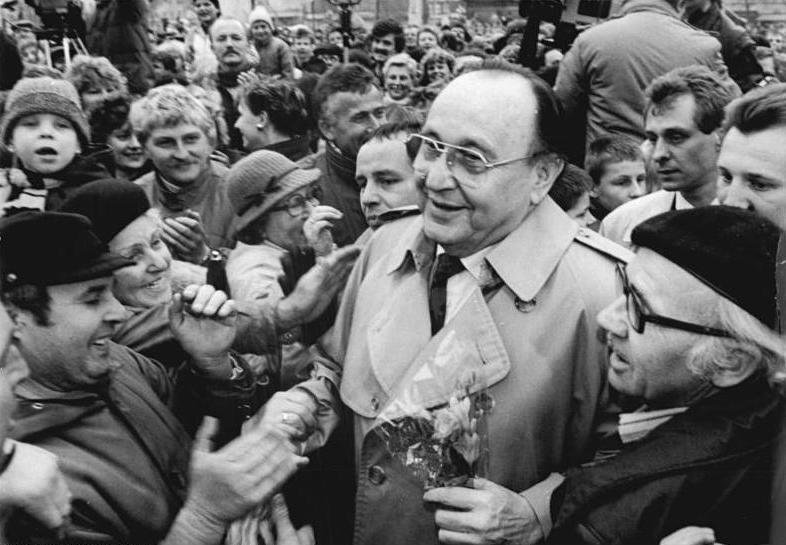The euro’s origin story usually centres on Jacques Delors, the French commission president who steered it from concept to treaty. But in 1988, West German foreign minister Hans-Dietrich Genscher quietly set the stage with a memo pushing for a single currency and an independent central bank — a move that helped crack open the door.
The euro, in his view, was not just a tool for financial housekeeping and European integration but a geo-strategic imperative. As the Cold War was unravelling, Genscher spoke of reducing dependency on the dollar, expanding Europe’s room for manoeuvre, and shaping a more balanced international order.
“It is in the interest of all EMS [European member states],” the memo argued, “to reduce their dependence on the dollar and to increase their scope for monetary policy action.”
Not long after, in 1990, the EU Commission started talking about monetary unification as “a decisive building block for a more stable multi-polar monetary regime.”
Unlike some of his contemporaries, Genscher was explicit and strategic in viewing the euro as a counterweight to global superpowers, anticipating some of the questions Europe is once again now grappling with today.
The European Central Bank that eventually emerged was a triumph of German institutional thinking: independent, rules-based, and with a strict mandate for price stability.
“To the extent that the eurosystem is successful in maintaining price stability, it will also automatically foster the use of the euro as an international currency”
But the international role Genscher and others had envisioned for the currency never fully materialised. While the euro is used daily by millions and is the world’s second-most-traded currency, it has not become a true rival to the dollar, nor has it developed into a geopolitical tool in its own right.
This is in part due to the intellectual constraints of the era, which Genscher shared and laid out in his 1988 ‘Magna Carta’ of European stability policy that said that the ECB “must orient its monetary policy toward the goal of price stability.”
The 1992 Maastricht Treaty embedded many of the same assumptions: that price stability, central bank independence, and strict fiscal discipline were not only necessary but sufficient. A stable coin, it was believed, would spread on its own.
“To the extent that the eurosystem is successful in maintaining price stability, it will also automatically foster the use of the euro as an international currency,” the first-ever ECB president, Wim Duisenberg (1935-2005), would later say.
The rules were designed to build trust by replicating the discipline of the German model. But over time, they entrenched a narrow, technocratic approach, focused more on internal balance sheets than external influence.
“Unlike the US, where the treasury and the federal reserve had for centuries played the leading role in promoting the dollar’s international status, the EU failed to actively design its monetary governance to support the international role of the euro,” van ‘t Klooster writes.
Still, the deeper thread in Genscher’s thought — that sovereignty can be pooled without being lost, that integration is the best defence against geostrategic impotence, and that the euro can serve as a tool of strategic autonomy — has lost none of its urgency, as the EU once again navigates a hostile world.
And do let us know if you’re interested in a physical copy of the magazine here.
This year, we turn 25 and are looking for 2,500 new supporting members to take their stake in EU democracy. A functioning EU relies on a well-informed public – you.





















